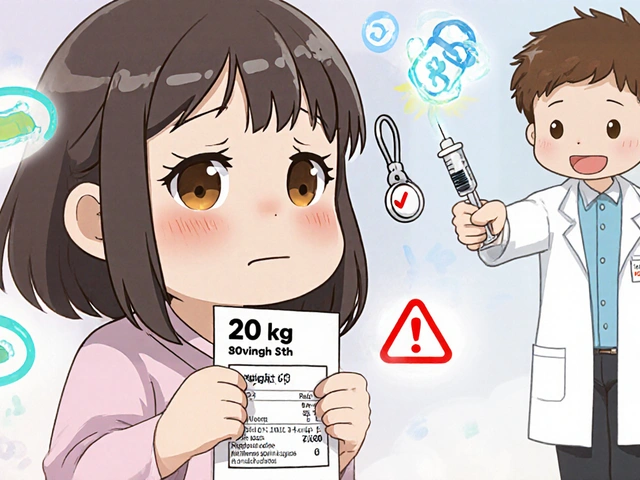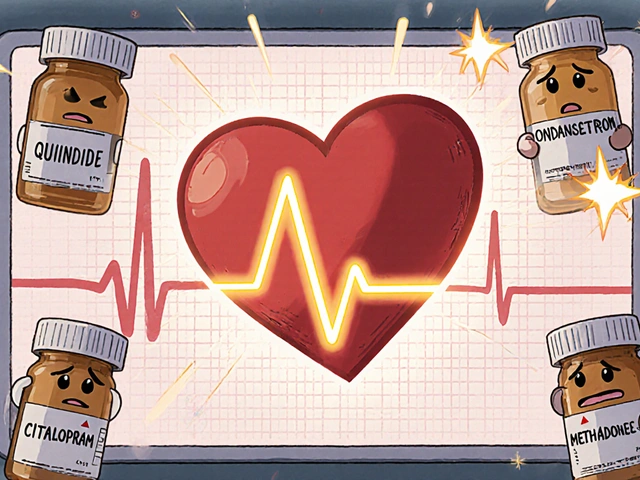Drug-Resistant Bacteria: What They Are, Why They're Dangerous, and How Medications Are Fighting Back
When bacteria stop responding to antibiotics, we’re not just dealing with a medical problem—we’re facing a global crisis. Drug-resistant bacteria, bacteria that have evolved to survive exposure to antibiotics meant to kill them. Also known as superbugs, these microbes are now causing infections that doctors can’t easily treat, leading to longer hospital stays, higher medical costs, and even death. This isn’t science fiction. It’s happening right now, in hospitals, nursing homes, and even in your local pharmacy.
These bacteria don’t become resistant overnight. They evolve through overuse and misuse of antibiotics. Take cefdinir, an oral antibiotic used for skin and respiratory infections, or clindamycin, a common choice for acne and certain bacterial infections. When these drugs are prescribed too often—or when patients don’t finish their full course—the surviving bacteria pass on their resistance genes. Soon, the same drug that once cured a simple infection becomes useless. And it’s not just antibiotics. Antifungals like miconazole, used for invasive fungal infections are also seeing resistance grow, especially in hospitals.
What makes this worse? Many of the drugs we rely on are old. New antibiotics aren’t being developed fast enough. Meanwhile, drugs like PPIs, acid-reducing medications that can interfere with how other drugs are absorbed, are being taken by millions. While they help with heartburn, they can change gut bacteria in ways that make infections harder to control. Even something as simple as magnesium hydroxide, a common antacid and laxative, can alter the gut environment and indirectly affect how bacteria respond to treatment.
So what’s the real solution? It’s not just about finding new drugs—it’s about using the ones we have smarter. That means avoiding antibiotics for viral infections, finishing your full prescription, and asking your doctor if a narrower-spectrum option will work. It also means understanding that not every infection needs a pill. Sometimes, the body heals on its own—if we don’t interfere with the wrong medicine.
Below, you’ll find practical guides on how antibiotics like cefdinir and clindamycin are being used today, how drug interactions can make resistance worse, and what alternatives are being explored to stay ahead of these evolving threats. These aren’t theoretical discussions. They’re real-world strategies being used by pharmacists and doctors to protect patients from the next superbug outbreak.
Drug-Resistant Bacteria and Repeated Antibiotic Use: How Overuse Is Changing Our Health Forever

Repeated antibiotic use is fueling the rise of drug-resistant bacteria, making once-treatable infections deadly. Learn how overprescribing, farming practices, and lack of new drugs are creating a global health crisis-and what you can do about it.
read more



